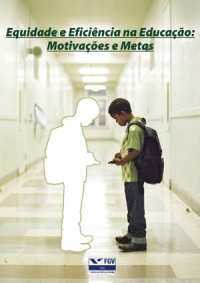
Equality and Efficiency in Education: Motivations and Targets
About the research:
Click here to see the content of the research
The "Educational PAC", released at the time, attempts to place basic education at the center of the social debate. We have subsidized this debate, offering a diagnosis of how different education levels can impact individuals' lives through broad and easily-interpreted indicators. Initially, we analyze how much each educational level reaches the poorest population. For example, how are those in the bottom strata of income distribution benefitted by private secondary education or public university. The next step is to quantify the return of educational actions, such as their effects on employability and an individual's wages, be that individual poor, middle class or elite. Following this, we present objective evidence of how the main characters in education, aka mothers, fathers and children, regard education. We deal with motivational aspects such as: why do young adults of a certain age not attend shool? Is it because they must work to support their family, because they don't have an accessible school, or simply because they do not wish the type of school offered?
The Center for Social Policies makes available a website with broad, user-friendly database, which will allow interested parties to answer their own questions relative to why people do not attend school, the time spent in the educational system and returns to education, which can all be cross-sectioned with a wide array of socio-demographic attributes, such as gender, income, etc. The website provides a rank comparing educational attributes among different states. It is available in English, and contains various articles, seminar and debate videos.




